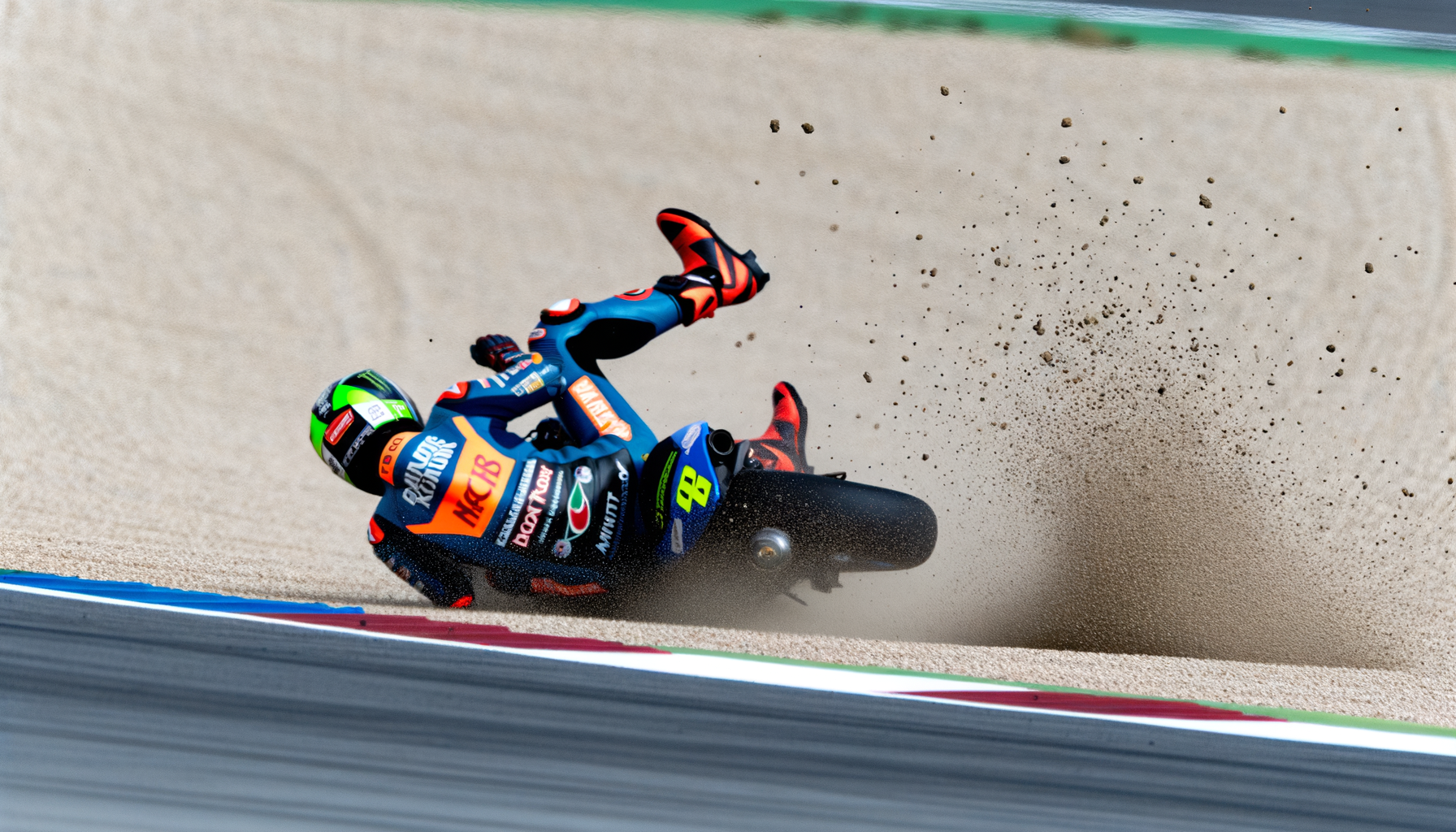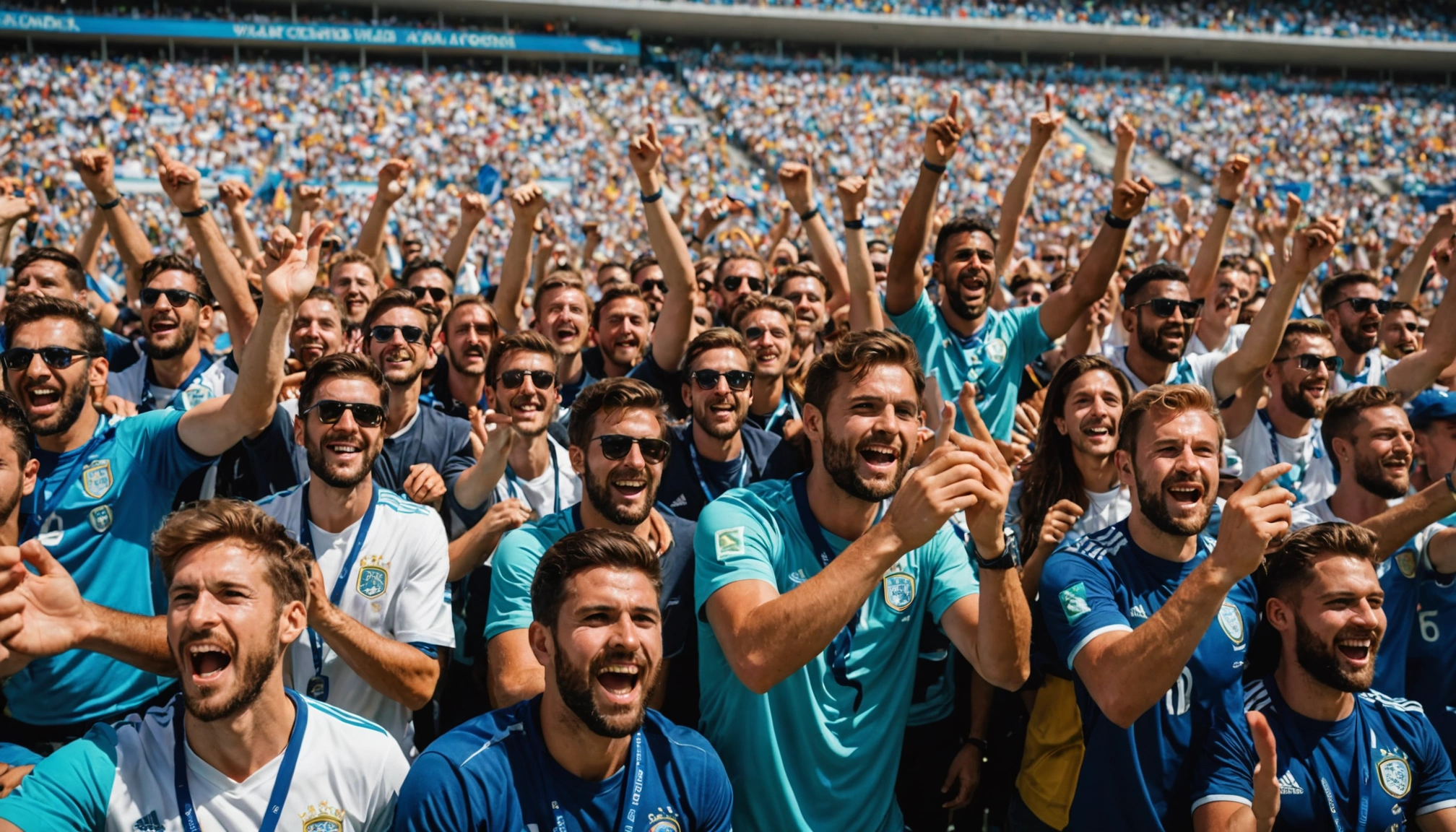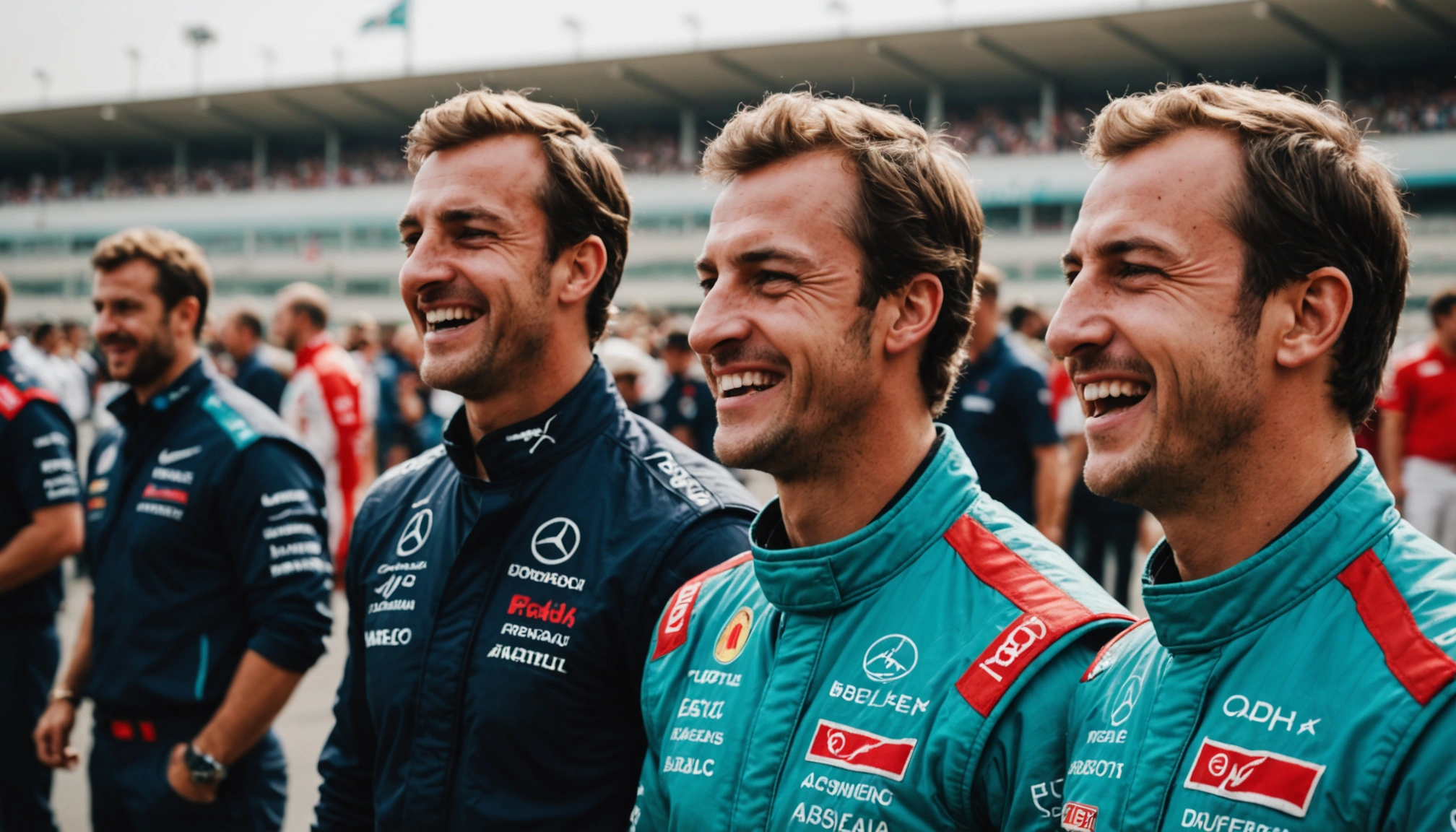Why MotoGP Riders Blamed The Gravel Trap For Marquez’s Injury
Discover why MotoGP riders blamed the gravel trap for Marc Marquez’s Indonesian GP injury and what it means for rider safety and future races.

By Editorial
Introduction To Marc Marquez’s Indonesian GP Incident
The 2023 Indonesian Grand Prix was a pivotal moment in the MotoGP season, not least because it saw Marc Marquez, one of the sport's most celebrated riders, suffer a significant injury. This incident has sparked widespread debate across the paddock, with many riders pointing fingers at the gravel trap’s design as a major contributing factor. But why exactly did the gravel trap come under fire, and what implications does this have for MotoGP safety standards moving forward?
The Role Of Gravel Traps In MotoGP Safety
Gravel traps are a common safety feature at racing circuits, designed to slow down and stop riders who veer off the track. They are meant to reduce the risk of crashes and injuries by providing a controlled area that dissipates speed. However, the effectiveness of gravel traps depends heavily on their design, depth, and placement relative to the racing line.
How Gravel Traps Work And Their Limitations
Traditionally, gravel traps consist of loose stones that increase resistance against the motorcycle’s tyres, helping to decelerate the bike gradually. But in certain situations, especially at high speeds, the gravel can cause riders to tumble violently rather than slide safely. This was a key point brought up by riders after Marquez’s crash, highlighting that a poorly configured trap might have exacerbated his injury rather than prevented it.
Details Of Marquez’s Injury And The Crash Dynamics
Marc Marquez crashed during a high-speed corner at the Mandalika International Street Circuit, a relatively new track on the MotoGP calendar. After losing control, Marquez slid off the track and into the gravel trap. Instead of slowing him down smoothly, the gravel caused his bike to flip and him to sustain a shoulder injury which required immediate medical attention.
The incident was a stark reminder of how quickly things can go wrong in MotoGP, where fractions of a second count and safety features must perform flawlessly.
Why Riders Blamed The Gravel Trap Specifically
Several riders, including some of Marquez’s closest competitors, publicly criticised the gravel trap's design. They argued that the gravel was too deep and inconsistent, causing the bike’s tyres to dig in abruptly rather than glide through the gravel. This sudden halt can flip the bike or eject the rider, increasing the risk of injury.
In contrast, some tracks use asphalt run-off areas that allow riders to decelerate more predictably, reducing the chance of dangerous tumbles. The debate now centres on whether MotoGP should reconsider track safety standards, especially for new circuits like Mandalika.
Expert Opinions On Track Safety Improvements
Safety experts within MotoGP have suggested that a hybrid approach combining gravel traps with asphalt run-offs might offer the best protection. This method allows riders to maintain some control if they exit the track, lowering the risk of severe crashes.
Moreover, better maintenance and regular checks of gravel trap consistency could prevent uneven patches that cause accidents. These insights echo broader discussions in motorsport about evolving safety standards to keep pace with faster bikes and more aggressive racing styles.
Comparisons With Other Sports And Safety Innovations
Similar safety debates have occurred in other motorsports such as Formula 1 and World Superbike. For example, changes in gravel trap designs and the introduction of TecPro barriers have significantly reduced fatal injuries in recent years.
In motorcycle racing, rider safety is paramount, and lessons from other sports can inform improvements. For instance, the recent focus on rider gear technology, like airbag suits, complements track safety but cannot replace the need for safer run-off areas.
What This Means For The Future Of MotoGP
The controversy surrounding Marquez’s injury has accelerated calls for MotoGP officials and circuit designers to revisit safety protocols. The sport’s governing bodies are expected to conduct thorough investigations into the Mandalika circuit’s safety features and consider adjustments for future races.
Additionally, this incident may prompt other circuits to audit their gravel traps and run-off zones, ensuring they meet the highest safety standards. Enhanced safety not only protects riders but also maintains the sport's reputation and fan engagement.
Understanding The Broader Impact On MotoGP Fans And Coverage
Incidents like Marquez’s injury inevitably affect fan engagement, as star riders are sidelined and race dynamics shift. For those keen to keep up with the latest MotoGP developments, platforms like Follow Your Favourite Football Club With BBC Sport offer comprehensive sports updates, including motorsport news.
Similarly, fans interested in how sports injuries influence league tables and standings can explore articles such as Manchester United Tables Explained Current Standings And Insights to understand the wider impact of star players missing games.
Conclusion: Safety Must Evolve Alongside The Sport
Marc Marquez’s Indonesian GP injury has cast a spotlight on the crucial role of gravel traps in MotoGP safety. While designed to protect, poorly executed gravel traps can pose additional risks. This incident serves as a catalyst for change, encouraging track designers, governing bodies, and riders to collaborate on improving safety standards.
As MotoGP speeds continue to climb and circuits evolve, so too must the measures that protect those daring enough to race. Fans and participants alike can look forward to a future where thrilling competition goes hand in hand with robust safety innovations.
Related topics
Editorial
Sports expert at SportsScoop
Specialist in sports analysis and journalism
Related articles
Want to read more?
Explore our comprehensive collection of sports articles and analysis, or contact us for more information.



